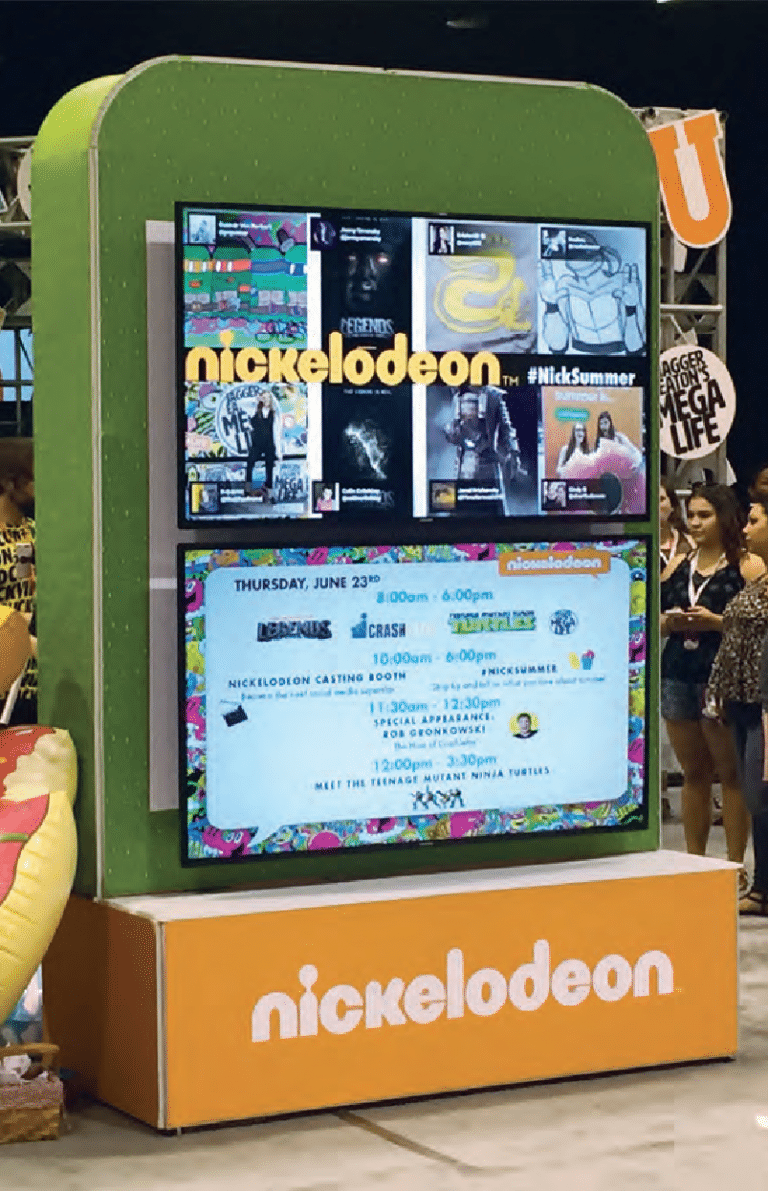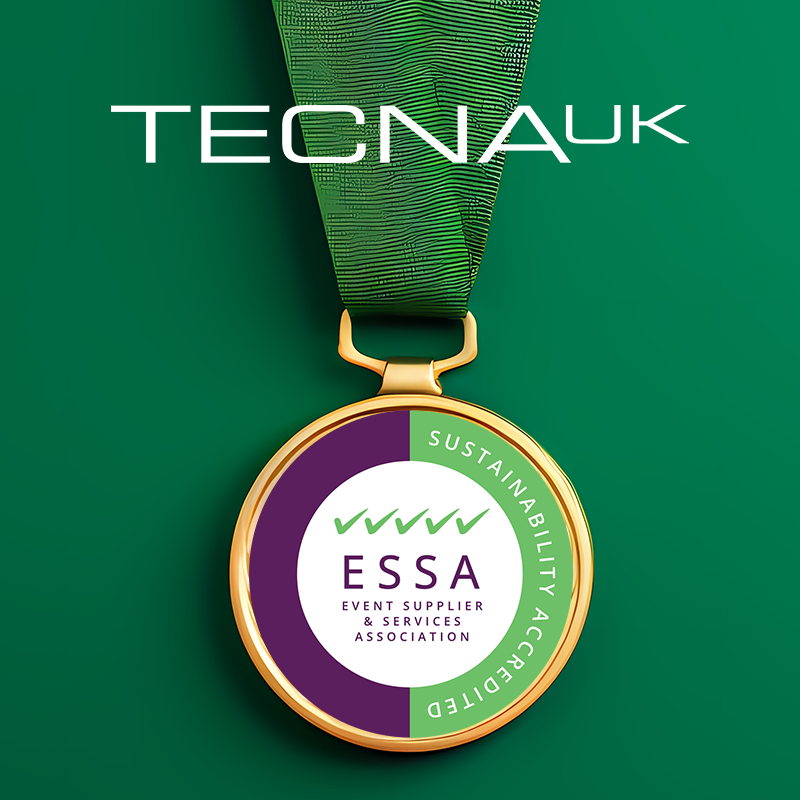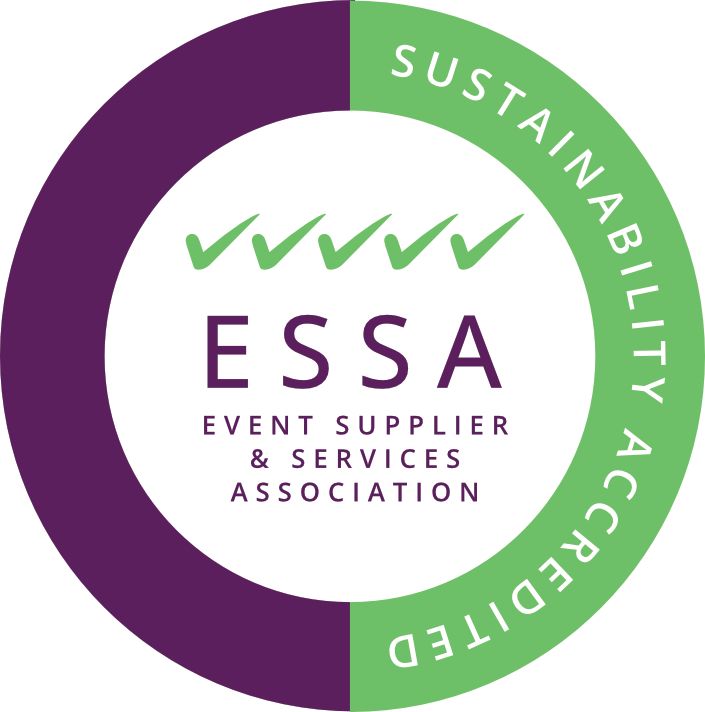How to win at Experiential Marketing

Experiential marketing has become a core focus for retailers, particularly to help customer dwell time instore – whether it’s to entertain the customers, or the little ones they have in tow.
Marketing budgets are being used to create experiences for shoppers to drive them into physical stores. If physical brick-and-mortar stores want shoppers to choose the in-store experience over buying online as has become the norm, they need to become more than just a point of sale – they need to become an experience.”
To reach the experiential value that they hope to achieve, visual merchandising, forward-thinking technology and interactive displays are rising in demand as they are a great way to spark conversation and get people engaged and excited. Amongst the mix: pop-up shops, portable bars, sampling stations, and interactive gimmicks will be making regular appearances; VR and AR also lend themselves nicely to experiential marketing approaches.
It can still feel difficult for brands to communicate effectively with their customers. Any experiential marketing has to be considered before implementation and needs to feel authentic to the brand values. This is because consumers are more cynical of brands than ever before, and tend to favour meaningful experiences over more traditional, one-sided marketing methods.
So what does experiential marketing mean? In this blog, we’ll discuss some of the most frequently asked questions about experiential marketing, as well as some top tips for creating a successful campaign.
What is Experiential Marketing?
Experiential marketing (sometimes also known as ‘engagement marketing’) is when a brand looks to engage with consumers by immersing them in a fun and memorable experience. In a nutshell, strong experiential marketing enables consumers to not just buy products or services from a brand, but to actually experience the brand – and this can help create a longer-standing relationship or ‘conversation’, between brand and customer – primarily within the B2C space.
When done correctly, experiential marketing campaigns can be a great way of engaging with customers and creating a buzz around your brand; both through word of mouth and on social media.
The key to experiential marketing is offering consumers an opportunity to interact with your brand in a tangible, real-life way, ideally where they will value this experience enough to share the experience with others. This means creating an environment where consumers can try out your products, interact with your team, and most importantly, have fun!
Types of Experiential Marketing
Most marketers differentiate four main types of experiential campaigns:
- Guerrilla marketing – this is normally untried methods and often include the effect of surprise, engages emotions and takes risks, not for the fainthearted but the rewards can be massive if the campaign gets virality
- Brand activation – involves an event or any other type of interaction to encourage customers to act, be it sampling or purchase
- Event marketing – a display, presentation, or themed exhibit to provide the target audience with an unforgettable experience that they will hopefully tell others about
- Retail point of sale – smart placement of products in retail stores, normally in display material for stand out or secondary siting to reach new customers
The possibilities really are endless, but some examples include:
- Appearances at festivals and events.
- Pop-up shops.
- Product sampling – the more creative the better and positioned in high footfall areas!
- Interactive point of sale materials
- Interactive experiences such as competitions or challenges.
- PR Stunts capture consumers imaginations but also journalists.
Why Experiential Marketing is Important?

If you’ve had a great experience, you’re likely to post about it on social media, tell your friends, and have a warm fuzzy view of the brand that facilitated the experience.
If someone has associated your brand with a positive experience, it’s more likely that you’ll be at the forefront of their mind when it comes to making purchasing decisions.
A successful event can also result in plenty of organic shares on social media, which some might argue is far more effective than paid posts by social media ‘influencers.
How to Measure Success in Experiential Marketing
As all marketing professionals understand, it is vital that you’re able to measure the success of a campaign, especially as experiential marketing campaigns can be a big investment.
There are a number of different ways to measure the success of a campaign, such as:
- Encouraging attendees to use specific hashtags and to tag your brand when posting about an event – that way you can easily see how your event is being talked about on social media.
- Setting clear KPI’s (key performance indicators) pre-event, such as a target number of new customers, social media followers, sales generated or sign-ups to mailing lists from the event.
- Measuring consumer attitudes to your brand pre and post-event through surveys.
What to consider when creating an Experiential Marketing Campaign
Brand Fit First
It’s important to create an experience that will leave a lasting impression on consumers. Equally, it’s also necessary that your experiential marketing campaign fits in with the wider values of your brand.
Ask yourself: is this experience going to be something your target customers will be interested in and enjoy? Will they share it with likeminded customers and amplify activity. If your idea doesn’t fit your target market or doesn’t align with your brand, it probably won’t have the desired effect.
Educate your brand ambassadors
Experiential marketing is about letting customers experience your brand first hand, so it’s important that the people or ambassadors you choose to represent your brand are able to give customers the best possible experience.
Make sure that the customer-facing team at an event understand the brand and your objectives inside out. In addition, they should also be aware of any specific targets that need to be met during the event.
Learn from others
If you’re planning your first foray into experiential marketing, it is important to do your research. Take a look at a number of different experiential marketing campaigns, especially those by competitors, and consider what you think worked well and what could do with improvement.
You can use this research to inform decisions in your own campaign and save yourself from making the same mistakes down the line.
Engage Experts
To make sure that everything runs as smoothly as possible, you should consider enlisting the help of an event marketing professional that aligns with your brand and understands your vision. This is especially important if you’re new to experiential marketing or are planning a large-scale event.
Remember, you don’t get a second chance to make a first impression, and it’s likely that an expert can help you to avoid many common pitfalls associated with organising and coordinating an event – from brief through to KPIs to ensure best return on your investment, or even better return on Experience to help sell in to upper management as many of the benefits are less tangible than more direct marketing methods but just as valuable for your brand.
Experiential Strategy – Make sure you cover the basics in your planning, and you cannot fail to succeed as part of your marketing mix:
- Understand your target audience & what motivates them
- Create and communicate a clear message on all touchpoints
- Develop a campaign that provides value to your audience
- Leverage technology for stand out from the norm
- Create an engaging campaign with clear KPIs to show success
- Promote and amplify your campaign across multiple channels
- Encourage customers to share and join in
At Tecna UK, our live event specialists are experts in bringing your brand to life – both in-store or at third party events where stand out is critical. To find out how we can help with your event, send us a scribble or call us today.
Exploring your retail advertising options? Read more about the Power of the Pop up Shop.
Copyright © 2023 All Rights Reserved by Tecna UK Ltd Registered Company Number: 06459394












